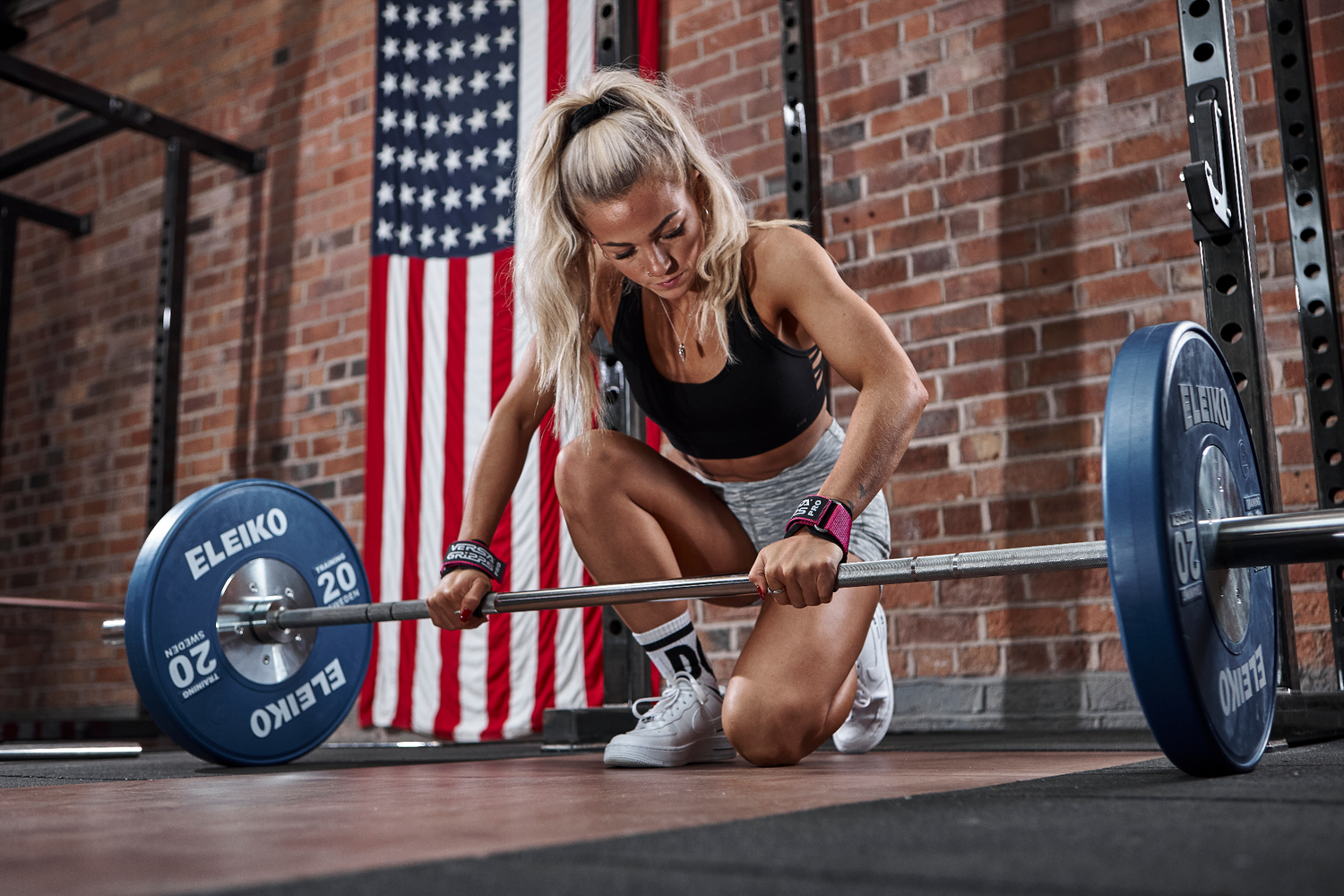
How to Break a Deadlift Plateau

If you’re frustrated about hitting a plateau with deadlifts, don’t sweat it. It’s most likely a sign you’re making progress and it’s time to up the ante. But it could also be a signal that your body needs some recovery time, and it’s important to know the difference. More on that ahead.
Hitting a plateau is a bummer, but you can break through it. Keep reading to find out why deadlift plateaus happen, what to do about it, and how the right gear can help you increase your strength.
What is a weightlifting plateau?
A plateau is when your body gets used to the intensity and volume (number of reps) you’re doing. You’re no longer challenged by the routine, and you can’t seem to make progress no matter how many reps you do.
Why does it happen?
A deadlift plateau usually happens for one of two reasons. Either your body has adapted to your routine, or you’re overtraining and need some recovery time.
If your body has adapted to your routine, it’s time to make some adjustments (keep reading for tips). On the other hand, here are some signs you’re overtraining and need a break:
- Your resting heart is elevated.
- You feel slow and weak during workouts.
- You feel moody or fatigued.
- You’re always sore.
- You’re not getting any stronger.
- You feel like you’re coming down with a cold.
When you’re not making progress, your instinct might be to push yourself even harder. But overtraining can actually lower your immunity and slow your recovery time by putting your body into a continual catabolic state. Give your body the rest it needs to recover.
Try These Fixes to Up Your Deadlifting Game
If you don’t think the issue is overtraining and you’re still not making the deadlift gains you want, here are some tried-and-true techniques to take your lift to the next level.
1: Do more reps with less weight.
If you’re exclusively training with low reps and high weights, you could be plateauing because your nervous system is already recruiting as many muscle fibers as possible. In other words, you’ve maxed out your neurological output.
To overcome this, try doing longer sets (up to 10 reps) with lighter weights for a few weeks. This can help stimulate your muscles in a different way to help you break through your plateau. Once you return to heavy, low-rep sets, you should start seeing more rapid progress.
2: Get a better grip.
Traditional deadlifting straps can lead to injury if you don’t use them properly. And overreliance on straps can ultimately lead to weaker grip strength.
Versa Gripps are a better choice for deadlifts. They’re like gloves, lifting straps, and hooks, all in one. These innovative grips provide wrist support to help you maintain correct form, and the quick-release safety feature makes it easy to release the weight. Versa Gripps are essential gym gear to help you train better.
3: Start with deadlifts.
Deadlifts are physically and psychologically challenging. Don’t wait until the end of your workout to do them. Without enough juice to give it your all, you’re more likely to skip out on deadlifts altogether, or worse—use bad form.
Do your deadlifts first, and try combining them with lighter exercises that don’t use the same muscles.
4: Fix your diet.
Growing muscle requires calories. Make sure your body is getting the fuel it needs in the right amounts. If you’re an experienced lifter, eating more calories than you burn gives your body extra energy to build muscle. But don’t go overboard—200-500 excess calories per day is enough.
You also want to make sure you’re getting enough protein. But just how much is a hotly debated topic in the fitness world. Weightlifters often consume huge amounts of protein to bulk up, but the body can’t use excess protein efficiently, and too much of it puts your kidneys at risk. If you want to play it safe, aim for 0.8 to 1 gram of protein per pound of body weight each day. Better yet, ask a nutritionist or dietitian what’s best for you.
5: Prioritize post-workout recovery.

It goes without saying you should stay hydrated, stretch after every workout, and get enough sleep each night. If you can’t stomach the idea of deep tissue massages to relieve sore muscles, at a minimum you should be using a foam roller to release tightness and pain in your myofascial tissues.
Load up on protein before and after workouts and consider supplementing with creatine. Research shows it can help reduce muscle damage and inflammation to help you recover faster.
Finally, call a time-out when you need it. It’s not weak to take a break. Giving your muscles time to recover will help you perform optimally going forward.
Take Your Lift to the Next Level with Versa Gripps
Versa Gripps are essential gym gear. These innovative weightlifting grips are like straps, grips, and hooks in one. Versa Gripps enhance your mind-muscle connection and provide essential support to reduce the risk of injury during deadlifts. Find your perfect pair and train better.